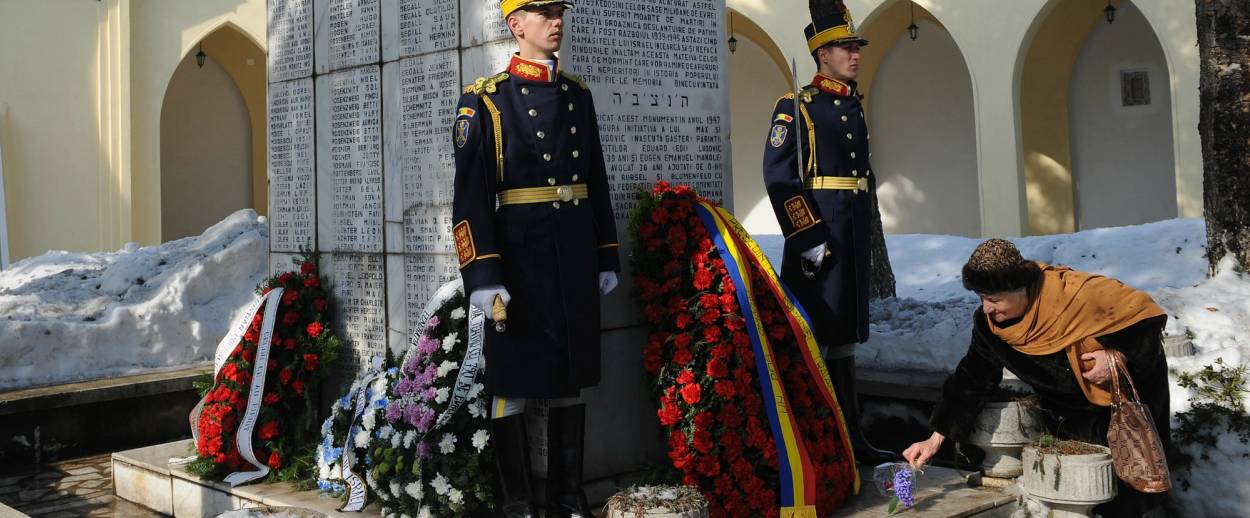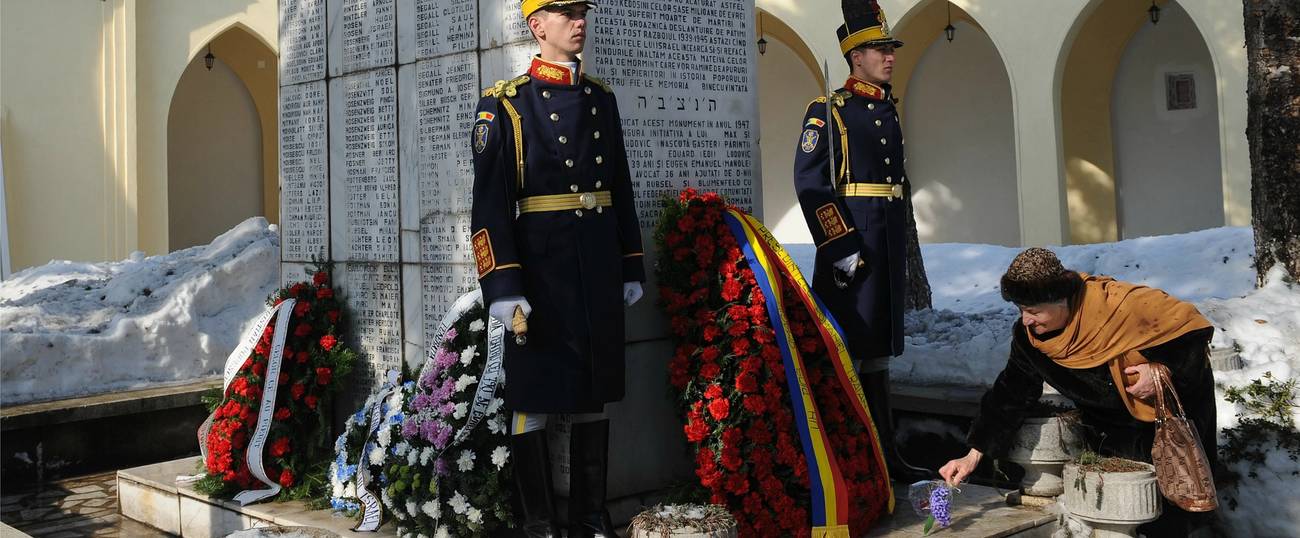Last Saturday, the New York Times ran an obituary about David Stoliar, the only survivor aboard the Struma, a ship carrying an estimated 800 Romanian, Bulgarian, and Russian Jews, all fleeing the Holocaust. The ship, adrift in the Black Sea, was ultimately torpedoed by a Soviet submarine, killing every passenger except for Stoliar, then 19 years old. This week, through the Times obit, we learned that Stoliar actually died in May 2014; the Times notes they learned of his death through a blurb in newspaper in Oregon, where he Stoliar lived. It’s valuable nonetheless, that the Times decided to run an obituary, and it’s especially remarkable given that today is International Holocaust Remembrance Day.
Stoliar’s story is a remarkable one, to say the least. Born in Romania in 1922, the son of a textile manufacturer, Stoliar was asleep on the ship when the torpedo struck, hurling him into the sea among debris and bodies. “I was one of the lucky ones who was blown up into the air, and I fell into the sea,” Stoliar told the Times in 2000. “When I came to the surface, there was nothing except a tremendous amount of debris and many, many people swimming in the water. It was very, very cold, and we had a hard time moving our feet and our hands.”
…Alone now, Mr. Stoliar thought of giving up. He took out a jackknife to slit his wrists, but his fingers were too numb to open the blade. A short while later, about 24 hours after the Struma had sunk, a large ship appeared in the distance. He waved frantically, and saw figures on deck waving back.
Soon a rowboat approached. He was pulled aboard, wrapped in blankets and taken to a Turkish fishing village. His hands and feet were frostbitten. He was hospitalized in Istanbul, then jailed for six weeks, apparently to keep him from the news media. Referring to the Turks, he recalled, “I was the only witness to their inhumanity, really, from the beginning to the end.”
Here’s a transcript (video here) of Stoliar speaking about the Sturma disaster with the U.S. Holocaust Memorial Museum in 1997:
During the journey to Istanbul, first of all we could hardly move because we were told that, you know, because of so many people, if there are too many of us on the deck on one side, the, the vessel can be in danger. So, first of all, they wanted us to move as little as possible and also, once we are on a deck for a few hours, also to try to keep the vessel in balance by not going too much on one side or the other. So we were directed, some people on the left side, some people on the right side, then go slowly. In other words, there was a possibility that the vessel may get out of balance if, if we move too much. So the conditions were such that you just stayed in your bunker as much as you can, without, without moving. So there was no way of getting cleaned up or, or even, even, you barely managed to, to drink water, never mind about washing or something like that. And as the time went by, it was getting naturally worse and worse and worse.
A year later, Stoliar made safe passage to Palestine, where he served in the British Army’s Jewish Brigade. In 1948, he fought for the Israeli Army in the Arab-Israeli war, the war of independence. Read the entire New York Times obituary here.

